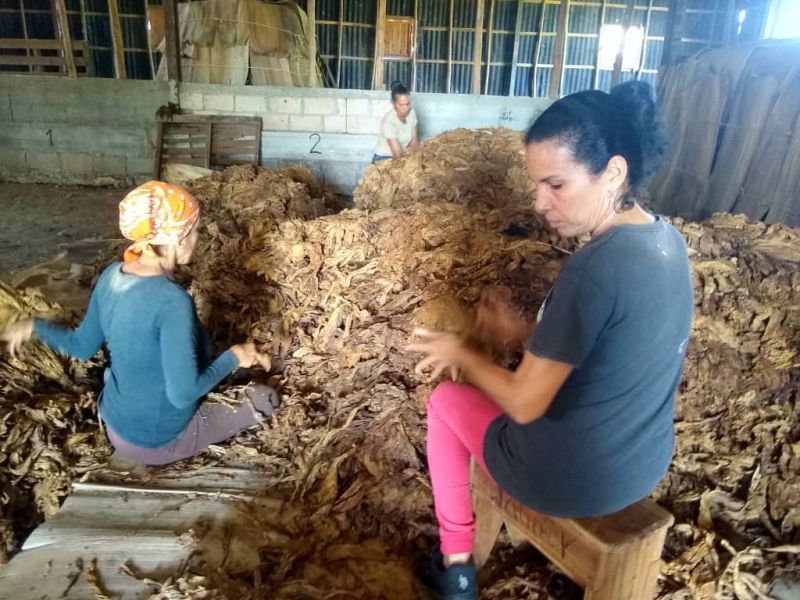 According to prestigious researchers from various parts of the world, the center of origin of tobacco is located in the Andean area between Peru, Ecuador and Colombia, and they also add that the first crops must have taken place between five and three thousand years before our era. It is also proven that when America was colonized, consumption was widespread throughout the continent.
According to prestigious researchers from various parts of the world, the center of origin of tobacco is located in the Andean area between Peru, Ecuador and Colombia, and they also add that the first crops must have taken place between five and three thousand years before our era. It is also proven that when America was colonized, consumption was widespread throughout the continent.
Likewise, it is widely known that on October 28, 1492, with the arrival of Christopher Columbus to the town of Cayo Bariay, north of our province of Holguín, the discovery of tobacco occurred when he found men and women inhaling smoke from large cylinders of dry leaves.
After this brief introduction about the genesis of the fragrant leaf, I tell you that in a recent tour of the Popular Council of La Jíquima, we learned interesting details about the preparations for the 2024-2025 tobacco campaign and other tasks that are carried out in the productive cycle of this sought-after crop.
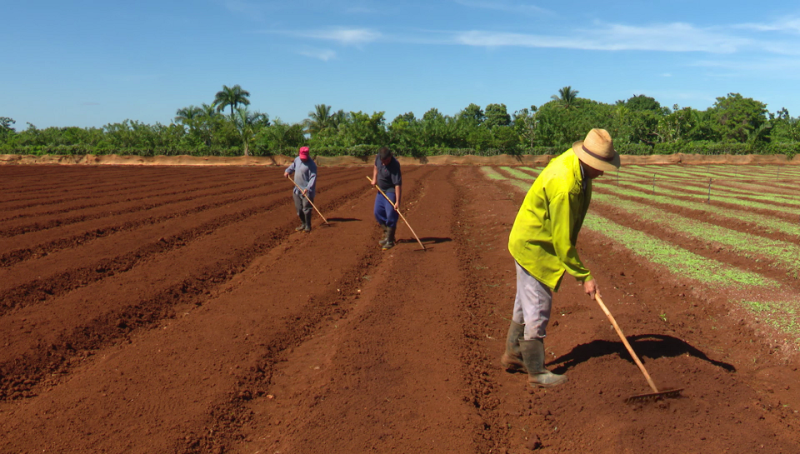 Regarding this last topic, we obtained extensive information through Yunior Zayas Barrios, Director of the Municipal Basic Unit, one of the most striking has to do with the benefits in payments, including the incentives in Freely Convertible Currency that producers will have.
Regarding this last topic, we obtained extensive information through Yunior Zayas Barrios, Director of the Municipal Basic Unit, one of the most striking has to do with the benefits in payments, including the incentives in Freely Convertible Currency that producers will have.
[Preparation of the thirds, the wrapping with the cubanisima yagua.] Preparation of the thirds, the wrapping with the cubanisima yagua.
When digging into the literature on this type of crop, we learned that the production process of the tobacco leaf is divided into several tasks, all decisive, they are: soil preparation, seeding of the seedbeds, transplanting and deflowering, de-budding, harvest, first curing and pre-classification in bales of 20 and up to 60 kilograms.”
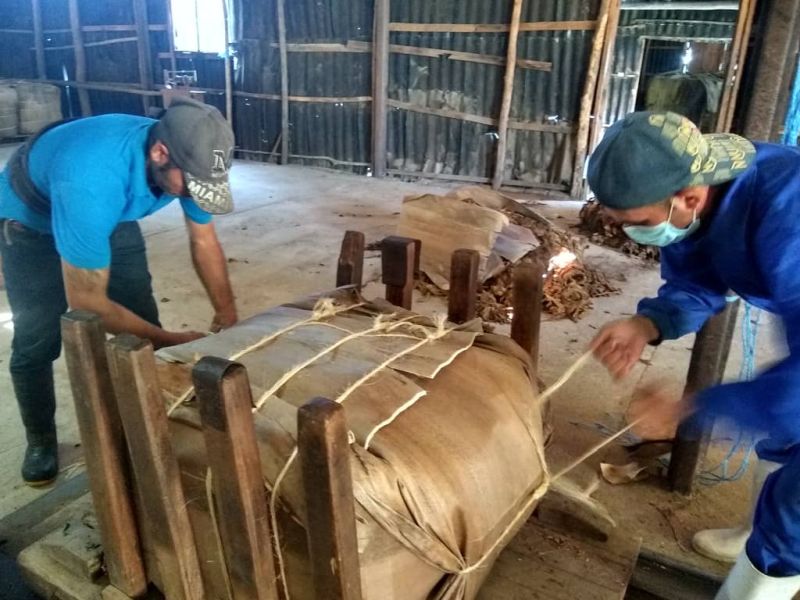 Zayas Barrios confirmed to us that at this moment the sowing of the seedbeds is in full swing, and that due to the aforementioned benefits in payments, the number of farmers enrolled in the difficult activity has increased: “we have already surpassed one hundred and thirty producers from sixteen different types of cooperatives, who have about 120 hectares of prepared land, waiting for the 20th of next October, Cuban Culture Day, to open the transplants, that is, the sowing.”
Zayas Barrios confirmed to us that at this moment the sowing of the seedbeds is in full swing, and that due to the aforementioned benefits in payments, the number of farmers enrolled in the difficult activity has increased: “we have already surpassed one hundred and thirty producers from sixteen different types of cooperatives, who have about 120 hectares of prepared land, waiting for the 20th of next October, Cuban Culture Day, to open the transplants, that is, the sowing.”
Although there are multiple varieties of this coveted leaf in the world, the Calixteños farmers will continue with the already known Corojo 2006 with very good historical yields and, by indications of the national leadership, they will experiment with the Criollo 2006.”
The director also informed us that there are tobacco growers in several Popular Councils, such as in the neighborhood of La Alegría, Las Calabazas, La Jíquima, with the largest volumes being El Martillo, Janata and Guaramanao.
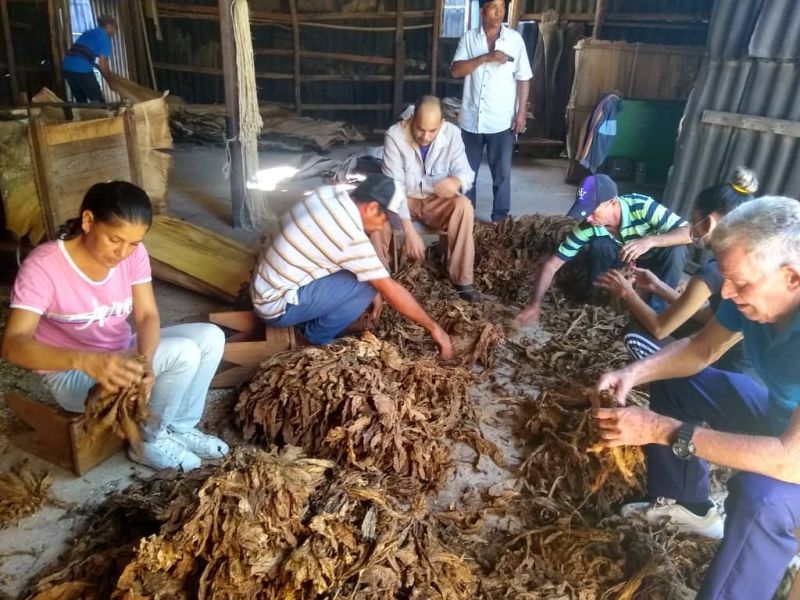 As we mentioned before, obtaining quality tobacco leaves requires very good practices, not only in the field but also from the moment the branches reach the warehouses, as Lidia Hernández Silva, a quality control specialist, told us: “When we buy tobacco from producers and it reaches our unit, it requires a fermentation process in the piles, which are lined with straw, where the leaf must be burned and fermented, at a temperature controlled by thermometers, until the temperature fluctuates between 37 and 38 degrees.”
As we mentioned before, obtaining quality tobacco leaves requires very good practices, not only in the field but also from the moment the branches reach the warehouses, as Lidia Hernández Silva, a quality control specialist, told us: “When we buy tobacco from producers and it reaches our unit, it requires a fermentation process in the piles, which are lined with straw, where the leaf must be burned and fermented, at a temperature controlled by thermometers, until the temperature fluctuates between 37 and 38 degrees.”
Another vital process in the tobacco processing work in the warehouses has to do with the classification of the leaves. Some details were offered by the specialist Luisa Morales Medina: “Our work requires a lot of care, because there are three types of layers: good, regular and bad. It is easier for me because I have been doing this for almost twenty years. Then the thirds are made, which are packed in straws and tied.”
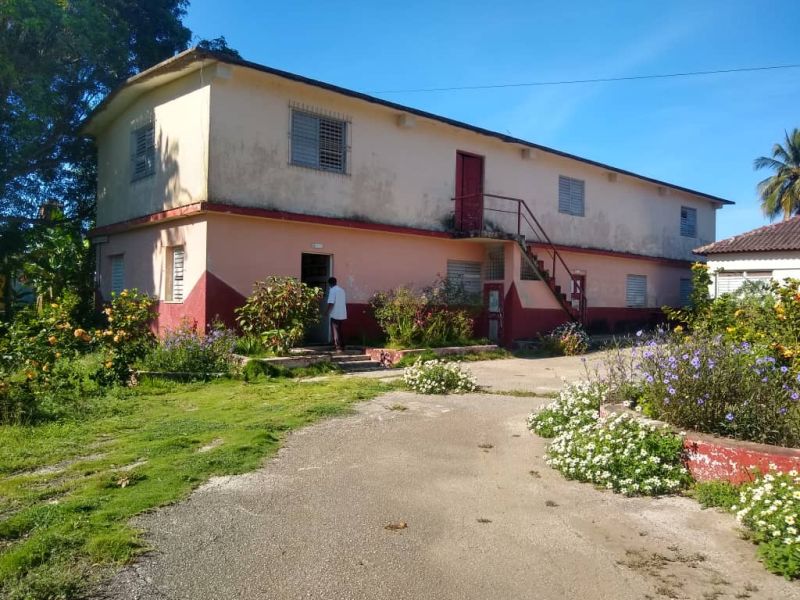 In relation to this topic, Yunior, the Director of the Basic Unit, wanted to expand: “the thirds are the last phase of the process that we do, they are made according to the quality of the branch, they go through a process of wrapping with the best yagua, tied with a very strong thread, in addition several data are recorded such as the tare, that is why they go through the scale, they must weigh fifty-nine point eight kilograms, they have the code of our unit, the type of wrapper and, finally, we sell it to the Cigar Company in the city of Holguín.”
In relation to this topic, Yunior, the Director of the Basic Unit, wanted to expand: “the thirds are the last phase of the process that we do, they are made according to the quality of the branch, they go through a process of wrapping with the best yagua, tied with a very strong thread, in addition several data are recorded such as the tare, that is why they go through the scale, they must weigh fifty-nine point eight kilograms, they have the code of our unit, the type of wrapper and, finally, we sell it to the Cigar Company in the city of Holguín.”
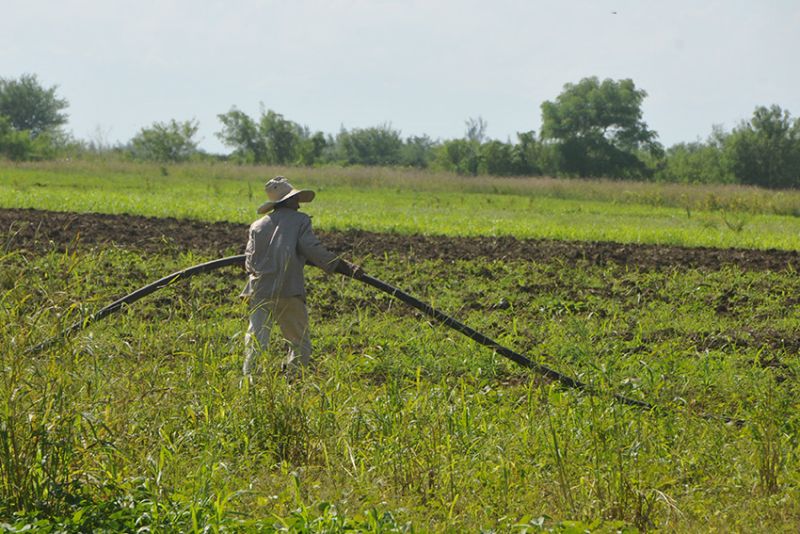 It is a good time, the possibility of sharing with our readers, details of interest about the progress of farmers, specialists and workers of the municipality, protagonists of the harvest and treatment of tobacco, a very important area for the country, in the search for foreign currency and also for saving it.
It is a good time, the possibility of sharing with our readers, details of interest about the progress of farmers, specialists and workers of the municipality, protagonists of the harvest and treatment of tobacco, a very important area for the country, in the search for foreign currency and also for saving it.













